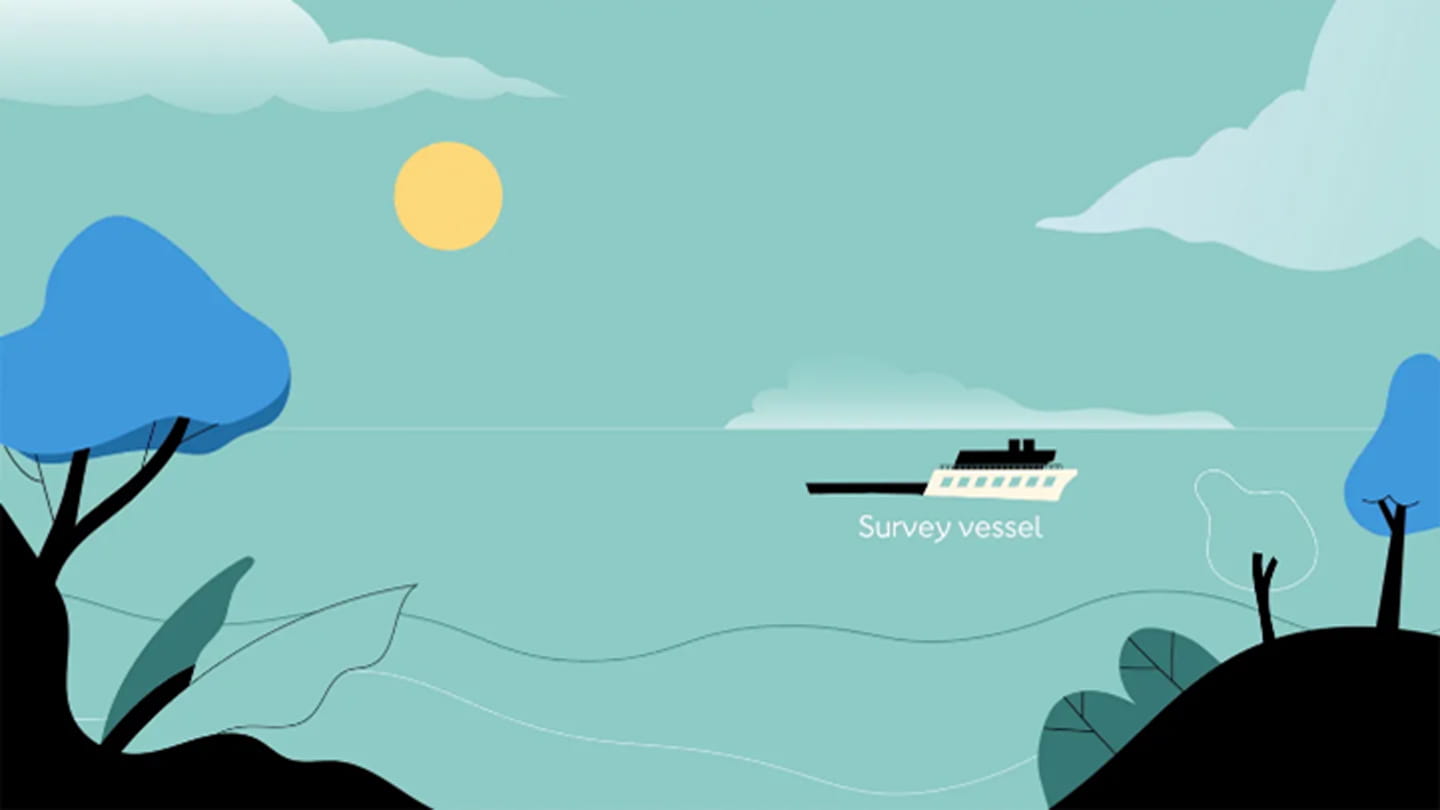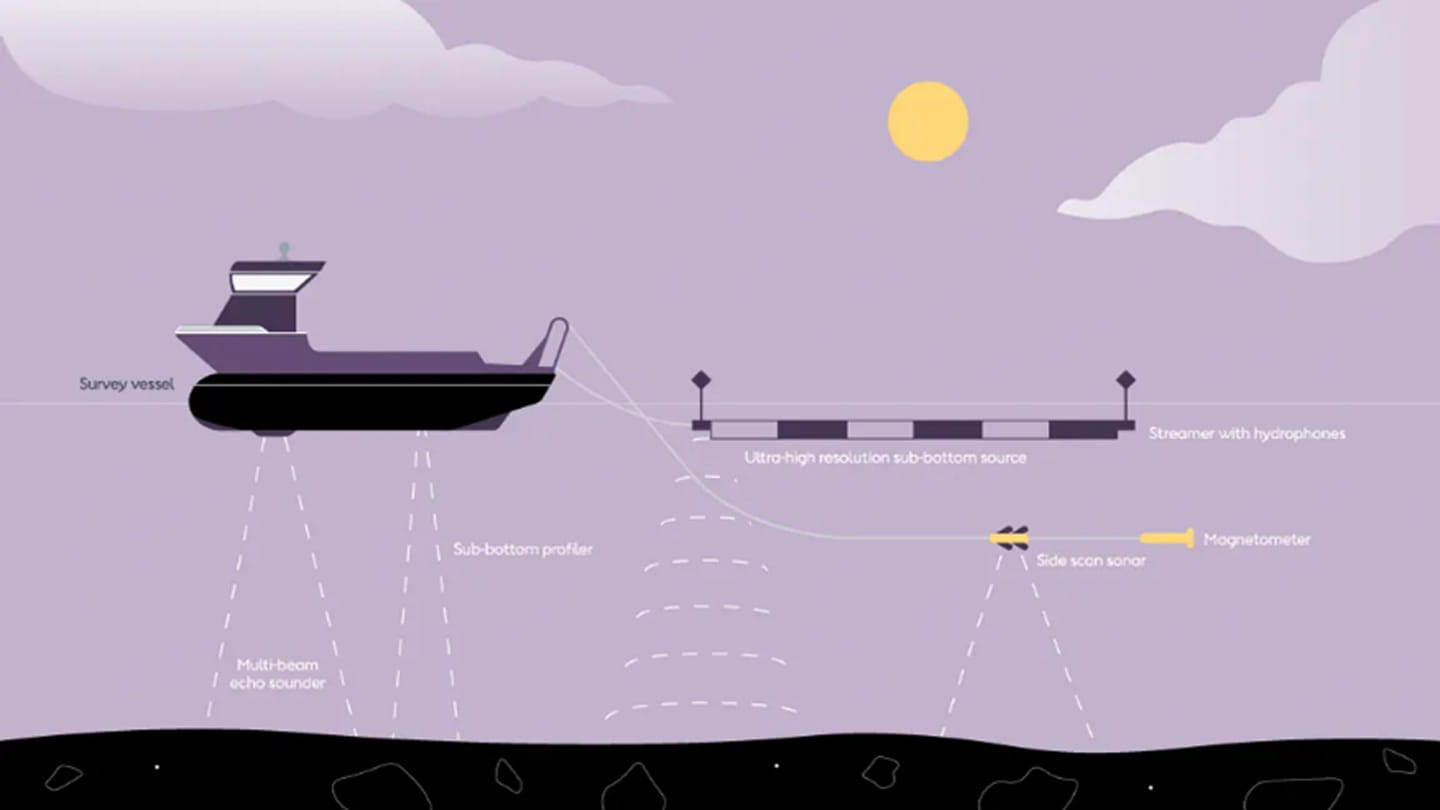Survey updates
Ørsted will conduct offshore site investigations off Delaware’s coast starting in September in support of Skipjack Wind’s development.
The US-flagged R/V Shackleford will conduct high-resolution geophysical surveys off Delaware’s coast. This type of survey is the same as those used in conjunction with beach replenishments and harbor investigations. The purpose of our survey is to collect data about the seafloor and the geology beneath it, and to identify archaeological resources and debris left by other ocean users. The survey is scheduled from approximately September 9 to October 5 and will occur from nearshore to approximately 6 miles out to sea.


